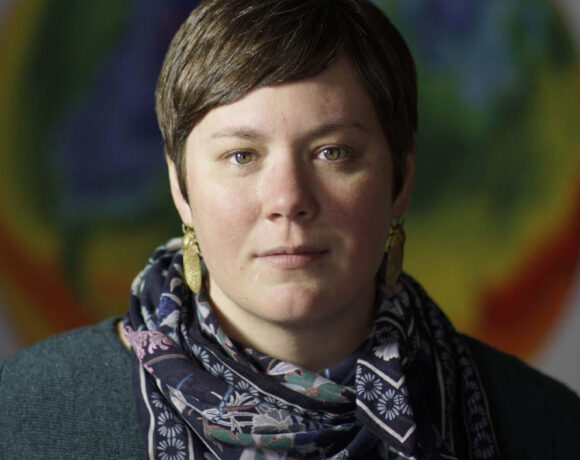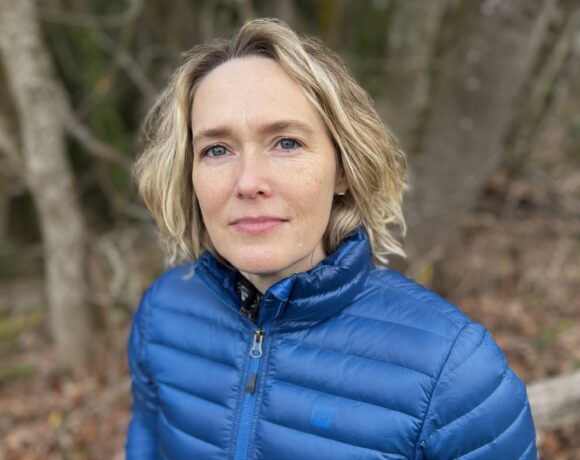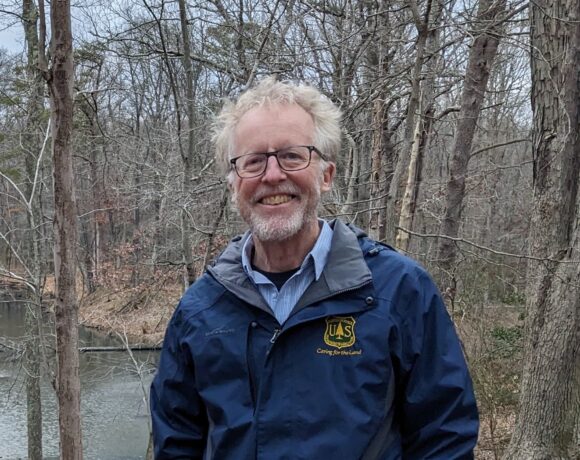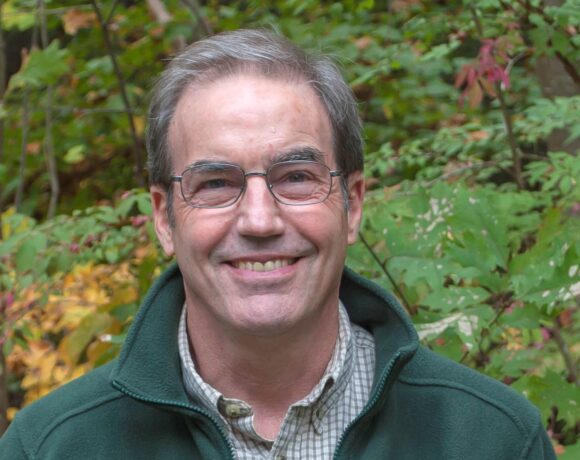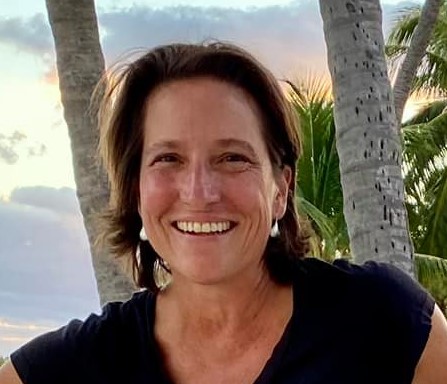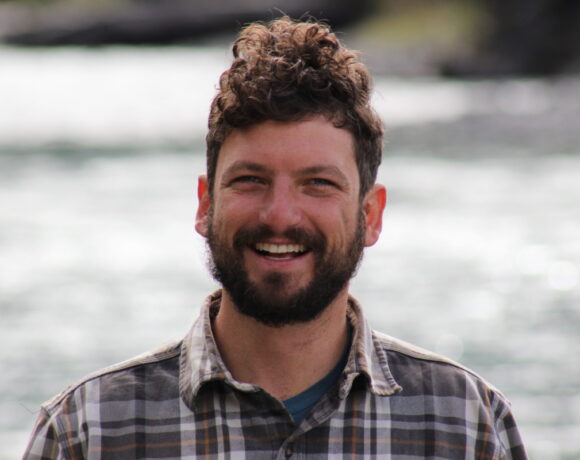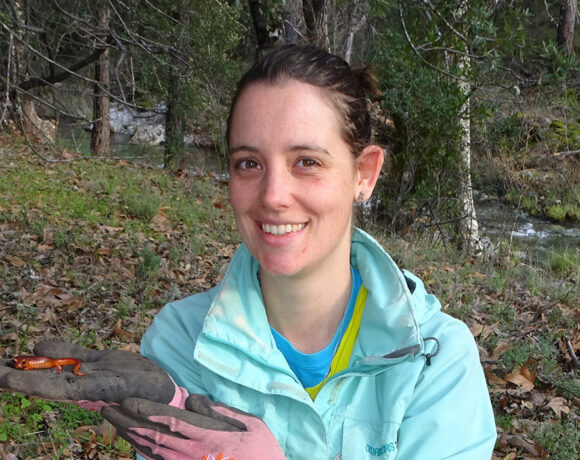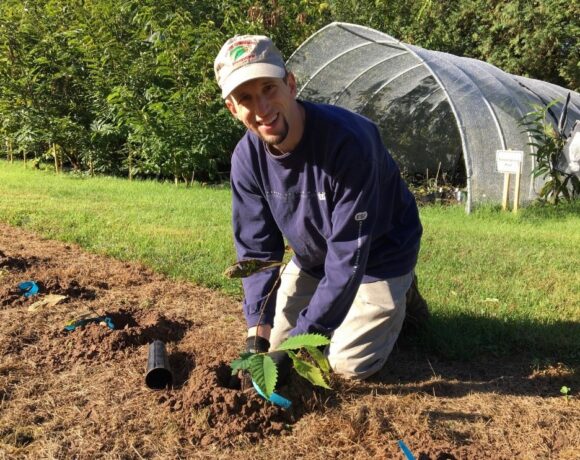By co-producing research with land managers, Dr. Andrea Dávalos ties her research on invasive species and associated stressors with the realities of the field– highlighting that monitoring the outcomes of management is of the utmost importance. NYISRI is pleased to feature her research in this month’s researcher spotlight.
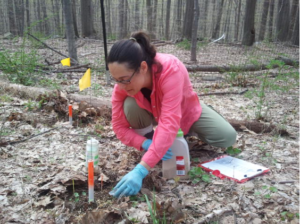
What kinds of research questions related to invasive species are you currently asking?
I am broadly interested in ecology and management of invasive species. I seek to develop tools to assess the impacts of plant invasions and their management in the context of other co-occurring threats, such as white-tailed deer and invasive earthworms. Currently, I am involved in several projects assessing management of invasive plants via biological control or chemical methods. Land managers invest vast amounts of time and effort removing invasive species in order to protect native biodiversity and ecosystem services. Monitoring and assessing how these efforts translate into benefits is an essential, yet sometimes difficult to implement, component of management programs. My work aims to bridge that gap by coproducing ecological knowledge in partnership with land managers.
What are the basic methods you are using to answer your research questions?
I use a combination of observational and experimental studies. Most of my work is conducted at field sites in New York State, but I also use common garden experiments. My work includes monitoring biodiversity (ex. worms, macroinvertebrates or plant communities) at sites that vary in degree of invasion or where invasive species have been removed. To assess deer impacts, I usually compare open plots (where deer have access) to fenced plots (where deer are excluded). I aim to collect long-term data to understand how species and ecosystems respond to anthropogenic change.
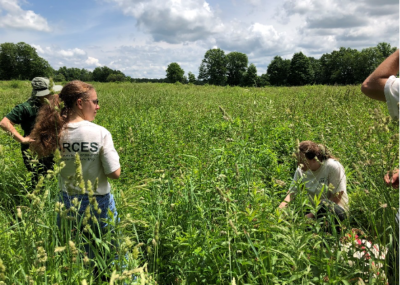
Do you have a personal story or path that led to your interest in this research?
My research is motivated by a strong interest in conservation and in the development of tools to restore ecosystems. During my graduate years, my projects were centered on assessing impacts of invasive plants. The more I learned about them, the less clear their role as drivers of ecosystem change became. Worms depleted leaf litter across my field sites, and deer browse was evident. I realized that other players were as important and expanded my focus to include multiple additional factors in my research, aiming at a more comprehensive understanding of ecosystem processes and functions and, ultimately, more effective management of natural areas.
How does your research relate to the wider field of invasive species prevention/management?
Often invasive species research is dissociated from invasive species management. I aim to connect these arenas by fostering collaborations between managers and researchers. Together, we aim to coproduce ecological knowledge and provide information and tools to support conservation decisions.
What’s the most important thing about your research for managers and policy makers to know?
Monitor and assess impacts and outcomes of invasive species removal.
What do you hope the long-term impact of your work will be?
A shift in how we manage invasive species, such that their impacts are assessed and weighed in relation to other co-occurring factors, and the outcomes of management are monitored.
Read more researcher spotlights:




